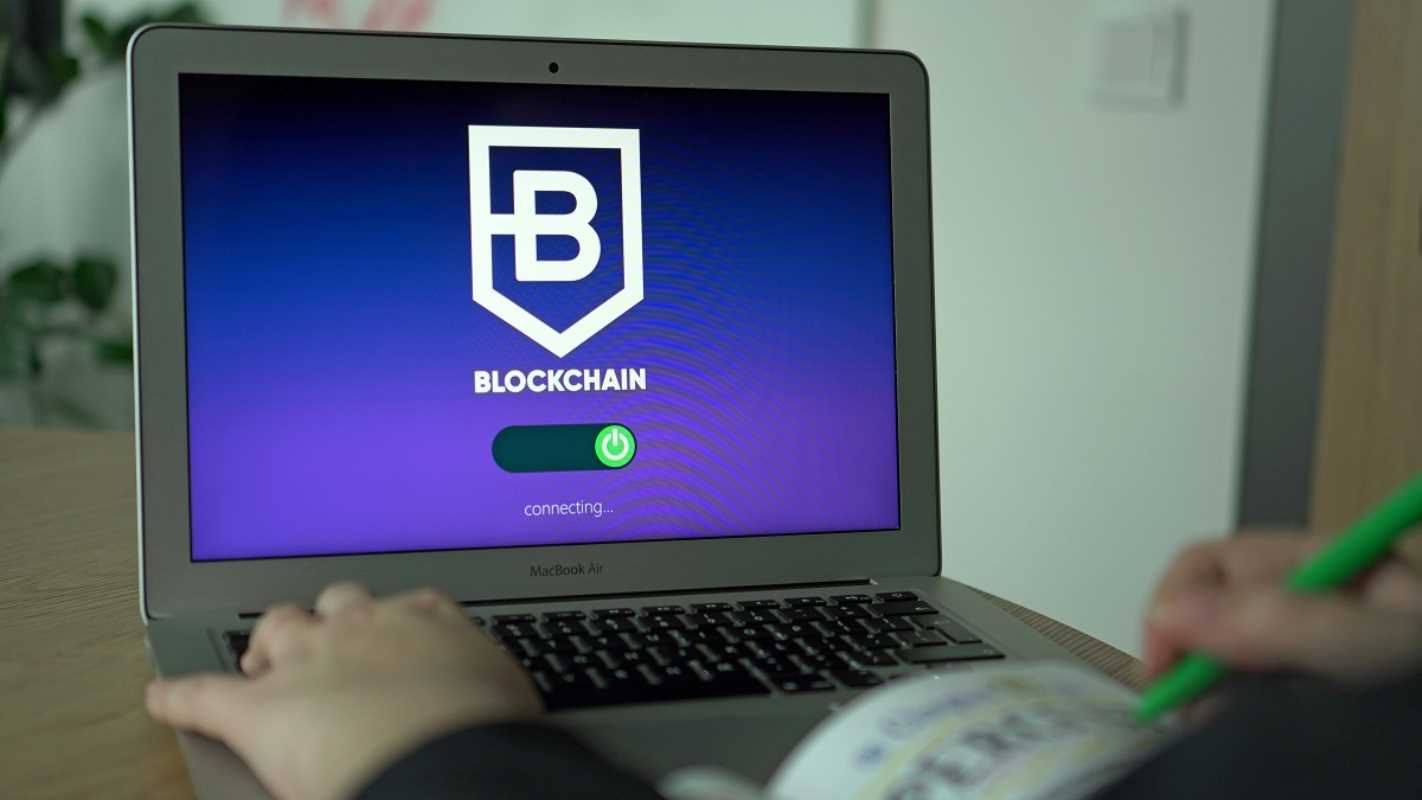Higher education is experiencing a technological renaissance, and blockchain is at the forefront of transforming how credentials are issued, verified, and managed. From diplomas to certifications, this innovative approach is making academic records more secure, transparent, and accessible.
But what exactly is blockchain credentialing, how are colleges and universities adopting it, and what challenges still exist? Let’s explore how higher education institutions are leveraging blockchain technology and its potential to reshape the future of learning and employment.
What Is Blockchain Credentialing?
Blockchain credentialing involves using blockchain technology to create, store, and verify academic records. Blockchain is a decentralized digital ledger that records data in an immutable, secure way. This eliminates many of the inefficiencies associated with traditional methods of handling credentials.
For example, when a student graduates, their diploma can be encoded onto the blockchain as a digital credential. This credential is tamper-proof and directly accessible by both the student and employers, allowing for instant verification without tedious manual processes.
Key Features of Blockchain Credentialing
- Security: Blockchain credentials cannot be altered or forged, ensuring their authenticity.
- Transparency: All transactions, from issuance to verification, are recorded and traceable.
- Efficiency: Traditional verification often involves mailing transcripts or contacting schools manually. Blockchain reduces this process to minutes.
With these benefits, blockchain is solving long-standing issues surrounding academic credentials, from fraud prevention to administrative inefficiencies.
Why Are Institutions Turning to Blockchain?
Colleges and universities are adopting blockchain for credentialing because it addresses challenges that have plagued the education system for decades.
1. Streamlining Verification Processes
Traditional credential verification can take weeks. Employers and institutions must reach out to universities, wait for confirmation, and validate records manually. Blockchain simplifies this by giving graduates a digital credential they can share directly with employers, who can verify its authenticity instantly.
The Massachusetts Institute of Technology (MIT) introduced a blockchain-based credentialing system in 2017. Graduates received digital diplomas via an app, enabling secure and instant credential verification.
2. Preventing Credential Fraud
Fake diplomas are a growing issue in higher education. Blockchain protects against this by making credentials immutable and easily verifiable. Each credential is assigned a unique digital signature that cannot be tampered with or duplicated.
3. Enhancing Student Ownership
Blockchain empowers students to own and manage their academic credentials. Instead of relying on institutions to provide transcripts or proof of graduation, students have permanent access to their records on the blockchain.
4. Global Accessibility
Blockchain credentials are particularly beneficial for international students. Transcripts and diplomas often get delayed due to cross-border logistics. Blockchain eliminates this obstacle, providing universal access regardless of location.
The Southern Alberta Institute of Technology (SAIT) in Canada partnered with blockchain platform ODEM to issue digital diplomas, making it easier for international students to share and verify their credentials globally.
5. Supporting Lifelong Learning
Many career paths now require continuous education. Blockchain enables seamless collection and verification of credentials earned throughout a lifetime, such as micro-credentials, certifications, and online courses, all stored in one secure digital wallet.
Imagine a marketing professional earning certifications in data analytics and content strategy. Blockchain consolidates these credentials into a single, verified portfolio for employers or clients.
6. Improving Institutional Efficiency
Academic registrars and administrative staff dedicate significant time to processing credential requests. Automation through blockchain reduces workloads, allowing staff to focus on more meaningful tasks.
Studies estimate that blockchain credentialing could reduce administrative costs by up to 50% by eliminating repetitive processes.
Challenges to Blockchain Adoption in Education
Despite its benefits, adopting blockchain for credentials is not without challenges. Institutions and education leaders must address these to fully realize the technology's potential.
1. High Setup Costs
Implementing blockchain infrastructure requires significant investment in technology and training. Many schools, particularly those with limited budgets, may struggle to justify the upfront costs.
2. Lack of Standardization
Higher education systems vary worldwide, and there is no universal framework for blockchain credentialing. This lack of standardization can hinder interoperability between institutions.
Potential Solution:
Organizations such as the Learning Economy Foundation are working to develop global standards for blockchain-based credentials to improve compatibility across institutions.
3. Data Privacy Concerns
Blockchain’s transparency can clash with privacy regulations like GDPR, which require personal data to be carefully managed. Storing credentials on blockchain must be done in a way that respects student privacy while ensuring security.
4. Resistance to Change
Educational institutions are historically slow to adopt new technologies. Resistance from administrators, faculty, and employers can delay blockchain implementation.
Some skeptics argue that blockchain is a fad, leading to reluctance in integrating the technology into existing systems. To overcome this, early adopters must share success stories to build trust and confidence in blockchain’s capabilities.
5. Long-Term Viability
Technology evolves rapidly. Institutions must ensure their blockchain solutions will remain relevant and supported in the future, avoiding vendor lock-in or obsolescence.
This is why institutions often partner with established blockchain networks like IBM Blockchain or Ethereum, which offer scalable and adaptable platforms.
Examples of Universities Implementing Blockchain Credentialing
Higher education institutions worldwide are adopting blockchain to revolutionize credentialing. Here are a few success stories:
MIT
MIT was one of the first universities to pilot blockchain credentialing. Using the Blockcerts platform, MIT issues digital diplomas that graduates can access and share via a mobile app. These credentials are secure, verifiable, and permanently stored on the blockchain.
University of Melbourne
The University of Melbourne partnered with Learning Machine to issue blockchain-based academic credentials. The program aims to streamline alumni requests for verifications and certificates.
European Qualifications Passport for Refugees (EQPR)
Using blockchain, the EQPR initiative provides displaced individuals with verified documentation of their qualifications. This innovative use case highlights blockchain’s ability to protect and validate credentials for vulnerable populations.
Holberton School
This coding academy has embraced blockchain to issue and manage technical certificates for its graduates. Blockchain ensures that each certificate is tamper-proof, simplifying the hiring process for tech companies.
The Future Impact of Blockchain on Education and Employment
The widespread adoption of blockchain credentialing has the potential to transform both education and the labor market.
1. More Efficient Hiring Processes
Employers will benefit significantly from blockchain’s instant verification capabilities. Instead of spending weeks vetting candidates, HR teams can verify credentials in seconds.
2. Empowering Lifelong Learners
Blockchain facilitates the creation of “learning portfolios,” where individuals can store every credential they’ve earned, from degrees to short-term certifications, in one place. This creates a comprehensive record of a person’s educational achievements.
3. Global Education Networks
Blockchain could lead to the creation of seamless global education systems. Students will be able to transfer credits, share qualifications, and access educational opportunities across borders.
4. Reducing Credential Fraud
The ease of validating blockchain credentials will crack down on fake diplomas and certifications, ensuring a more trustworthy system for both employers and academic institutions.
5. Lowering Costs for Institutions
The automation of credential issuance and verification will reduce administrative burdens, allowing institutions to allocate resources to other priorities like academic programs or student services.
6. Data-Driven Insights
By using blockchain to track student progress and outcomes, institutions can gather data to improve curriculum design, student support, and career services.
 (Image via
(Image via





